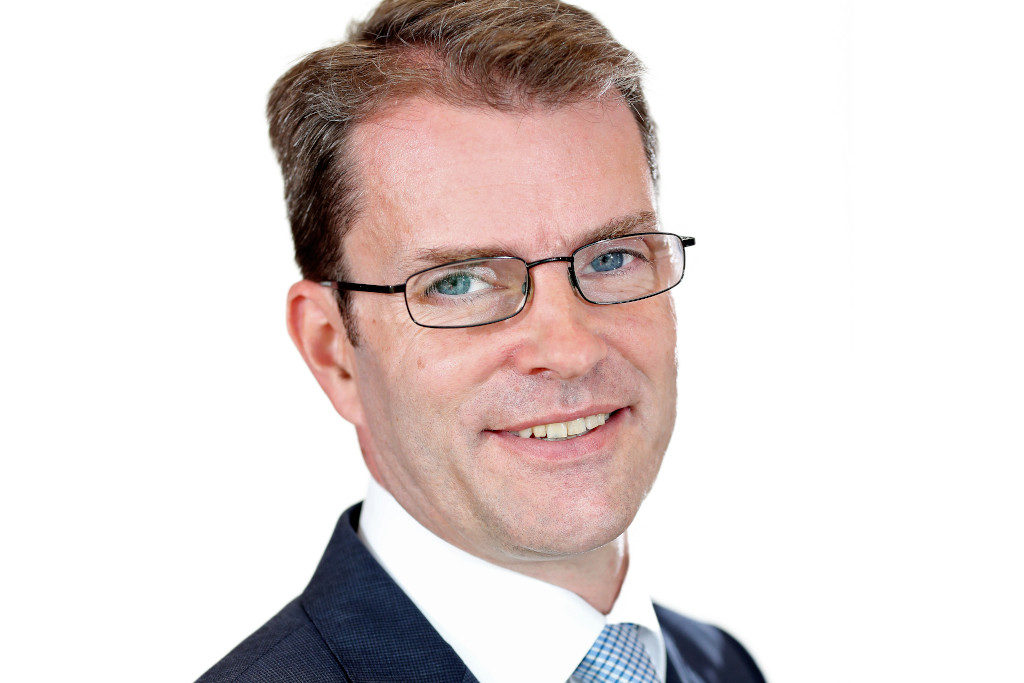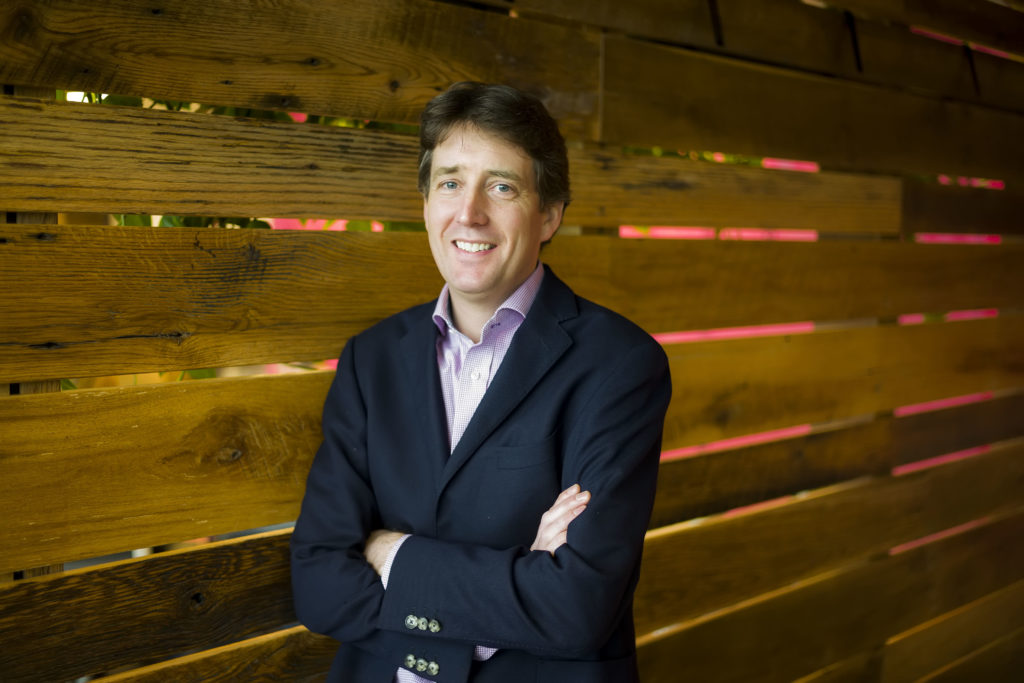Love them or hate them, millennials are here to stay, and when it comes to the tech sector they’re only going to to gain in influence. That’s because the cohort of the population born in the 1980s and onwards has started aging into management positions in the workplace, and they’re bringing a whole set of different cultural baggage with them.
If the negative press they get is anything to go by, the average millennial is an entitled and precocious person with unrealistic ideas about their own advancement. At the same time, they’re meant to be the most plugged in generation yet, coming of age with the Internet and living in a social media-driven world, tolerant of difference and embracing of diversity.
So just how different is this demographic in reality and why would they look at the role of guiding technology spend and management any differently to those that went before them? Well, they are quite different and there are good reasons why, according to David Lee, technology partner with consultancy PWC.
“So far, we predominantly see millennials in the role of CIO with start-ups because the age profile of management in that area has reduced but it’s still early days in terms of more established organisations where people are generally required to have had more time to build the experience required to operate at a senior level,” he said.
“That said, it’s only a matter of time before it becomes common for the CIOs of even the largest organisations to have grown up as digital natives.”
Mind the gap
Millennials, according to Lee, bring a few differences to the table when it comes to occupying senior management positions in enterprise but chief amongst them is that they have a consumer mindset.
“They bring their own expectations as consumers with them in terms of the usability of solutions, the time to delivery and quality of service. Traditionally the role of the CIO was to act as a bridge between business and IT and they very much put a customer focus in the middle of that,” he said.
“That’s a fundamental change in terms of how that function is operated.”
At the same time that people born in the 1980s and early 1990s are reaching the prime of their careers, something else has happened to the role of CIO – it has undergone a large degree of change.
“The workload of the average CIO has mutated in recent years as the role of technology in general has become more important to the business. Traditionally this role was judged on the person’s ability to keep the lights on and ensure reliability and security of an organisation’s technology landscape,” said Lee.

“Today a person in that job is also expected to play a much more leading role in shaping the overall business strategy of the business and to be a leader in innovation, in bringing good ideas to the table. Most importantly, they’re expected to drive value in terms of the adoption of new technology within their organisation.”
The ‘ask’ of the role is changing, according to Lee, and that’s happening at the same time that the planning horizon that the IT function is operating within has changed fundamentally. Where it used to be normal for consultancies like PWC to help companies figure out their technology direction for a period of time lasting three to five years, today that’s dramatically shortening.
“The idea of someone committing to a core business system replacement that would deliver value in two to three years, that’s no longer acceptable. Plans now need to be shaped so that people see much earlier return on investment,” said Lee.
The bottom line is that where traditionally technology was seen as an enabler of strategy rather than being part of it, the CIO of today is increasingly at the table when the business strategy is being set. They’re no longer handed a strategy document and asked to use technology to help implement it.
Integration, not assimilation
Tim Hynes, CIO with AIB, knows a thing or two about how to integrate millennials into a multi-generational workforce. He wrote his dissertation on it while doing a masters in leadership at university.
“There are real differences when it comes to managing and working with millennials, it’s not just hype. We’re all people at the end of the day so we have much more in common than not, however my view on generations in the workplace is that it’s like any other form of diversity,” he said.
“It could be gender or sexual orientation or culture – all these people have a shared experience. It’s not complicated, if you grew up in France you’d have a shared experience with all the other people who grew up in France too and that would give you a certain shared outlook on the world.”
Similarly, each generation grows up with a different set of circumstances that forms their shared experience, whether it’s social, economic or technological. That is what gives them their unique outlook.

“For example, one difference between Generation X and Generation Y and millennials is that the later groups have had access to personal computers since an early age. They feel like they can change the world because they feel connected through the Net. They feel like they can and should make the world a better place. They’re very aware of social issues, they’re bold and ambitious,” said Hynes.
“These people have bumped up against the previous generation when they joined the workforce, Gen Xers have different ideas about life and believe that it’s important to put the work in, do your time and your rewards will come down the line. There’s a culture clash.”
One difference millennials bring to the workplace, according to Hynes, is that they expect to be mentored in a way that their predecessors often didn’t. For his masters research, Hynes conducted research in which he asked ‘of the time you spend face to face with your manager, how much time do you think should be spent coaching or mentoring you to get better?’”
“From baby boomers to Generation X, the result was that 8% wanted more time spent on them. But the step from Generation X to Y and millennials was 15%. Each subsequent generation wanted more time invested in the conversation about how they could improve and get better,” he said.
“So there is a definite demand for a different kind of relationship with the person you work for from millennials, depending on your generation. It’s incumbent on anyone who is going to manage or lead people, regardless of the generation – you’re first and foremost responsibility should be how do I help these people be better in the future than they are now. How do I grow their career?”
MacGuyver effect
Born in 1978, Louise Nichols identifies as a late Gen Xer but works with plenty of millennials in her role as CIO of Brown Bag Films. Her generation was the first to grow up with computers as household devices and with the Internet in the workplace.
“My first computer was an AST 286 PC and I was obsessed with it, taking it apart and putting it back together again. When the Internet came along, I tracked down the first Internet café in Dublin and spent my pocket money enthusiastically to see a glowing Netscape Navigator logo. I remember thinking it was just amazing,” she said.
That year she asked Santa for a modem, much to the bemusement of her parents, and a few decades later she now makes a living working with state-of-the-art technology capable of manipulating high definition video.
“We were the first generation to be truly comfortable with technology in the workplace. The older generation adapted to it when it appeared but in the late 1990s you were still looking at the majority of workplaces not having computers. E-mail took a while to catch on and making long distance phone calls was still a big deal.”
“There wasn’t too much thought given to IT. Server rooms were small and the nerds who frequented them were put up with rather than embraced. We used to make things up as we went along because often the technology was too new for anyone to really have been trained for it.”
The staff who work with Nichols range in age from early 20s up to early 40s. In her estimation, there are some significant differences.

“One thing I’ve noticed that I think is a genuine weakness for that generation is that I got lucky in that I had to figure things out. There often weren’t manuals or internet sites to look up to find out how to do things. We routinely used logic and problem-solving skills to get as much as we could out of the hardware we had access to,” she said.
“The younger sys admins coming through don’t have that ability to think laterally, to MacGyver their way out of problems. They seem to think that the answer is always in the cloud and you can just buy something that will fix your problem.”
By contrast, Nichols is more frugal and more inclined to see if the existing resources she has on hand can be used to solve problems.
“They look at me funny when I say these things to them and wait to be told how to fix the problem because they don’t have that ability to critically think through solutions. At the same time, they’re much better versed in, say, hybrid cloud technologies than I would be.”
“They also have absolutely no concept of limitations and they think in global terms. Putting in on-premises hardware is pretty much a thing of the past to them. They know they can just reach out and provision whatever resources they need without having to worry about purchasing and installing it on-site.”
“Geography has disappeared as a limitation and they’re very versatile in terms of working with global tech teams. Older people struggle with that idea but younger people have experience of that working and it’s not an issue.”
In the dock
While Mark Dineen of Accenture, managing director at the company’s Dublin research and development facility The Dock, recognises that millennials are a different breed, he also thinks companies should be cautious about thinking they’re too different.
“Do I believe that the fundamental things that drive all of us as human beings have changed in this particular generation? No. Do I believe that the millennial generation has grown up in a new and different context to the previous generation? Yes,” said Dineen.
“The pace of both technological and social change has made for some starker differences in context than perhaps that of previous generations.”
Most of the contextual changes Dineen identifies hinge on the arrival of the Internet into everyday lives and the resulting rapid changes in both education and communication that have simultaneously led to both greater opportunities for those previously excluded and greater competition within the workplace.
“Lifelong learning is now a must and nobody can rest on their laurels. At the same time, cheaper travel and ease of communication through the net means more flexible working arrangements have become normal,” said Dineen.
“Humans love to categorise and to put things, including generations, into boxes. At a general level this may work, but at an individual level it doesn’t and is a terrible idea. I think it’s important to look beyond the stereotypes and take the time to understand each individual – where they are coming from in terms of experience and where they want to go next?”
According to Dineen, the influences millennials are bringing to the top jobs in technology include greater comfort with new types of technologies and new ways of thinking.

“I would like to think that with the advance of Agile and DevOps becoming more the norm than the exception, that large hierarchical structures will be less prevalent in the future,” he said.
“The focus on people and talent will never change, however the notion of a ‘job for life’ has all but disappeared. The result is that the need to be constantly searching, finding and nurturing new talent is now stronger than ever.”
Because of this, he believes the focus of the CIO in the future will move from setting a top-down managerial point of view in an organisation to focusing on how things are done.
“The modern CIO needs to be more focused on the direction we need to move towards, finding the best talent or people and then helping them, in whatever way I can, to get on with the job of making it happen.”








Subscribers 0
Fans 0
Followers 0
Followers